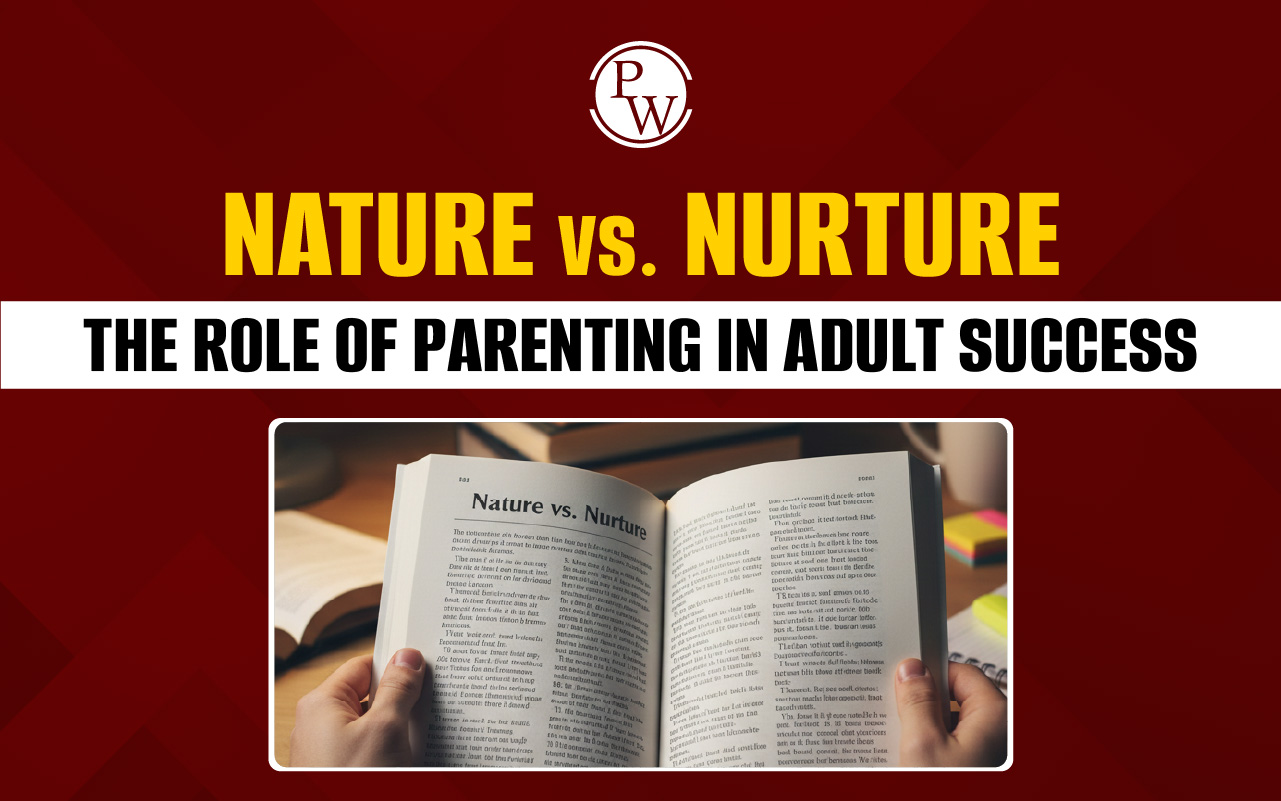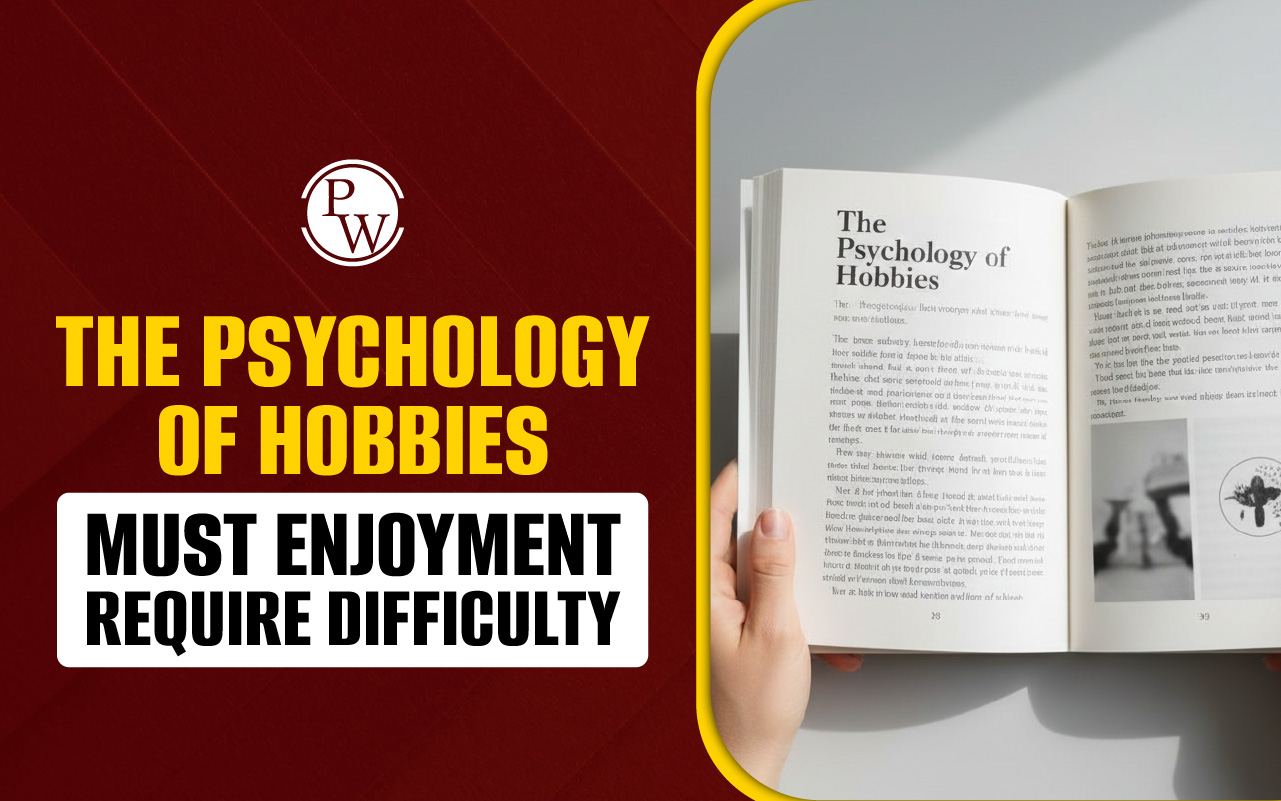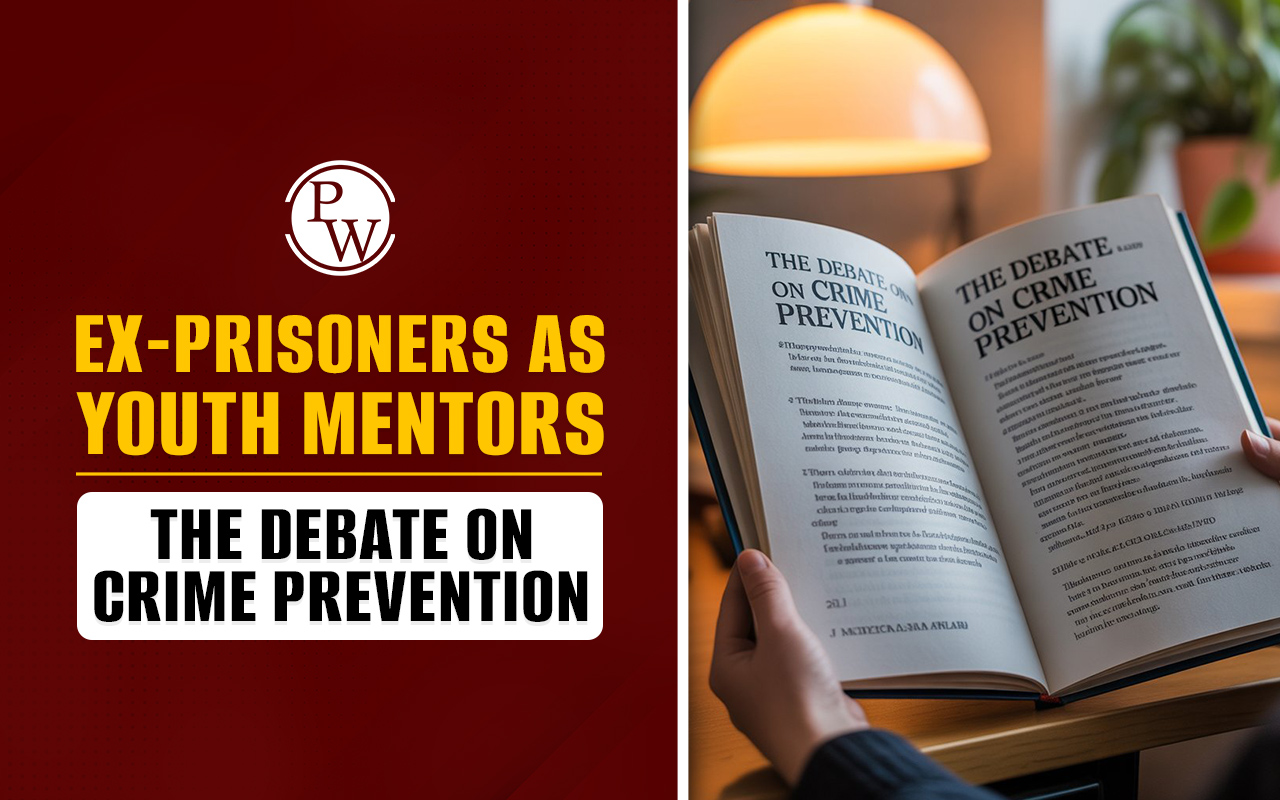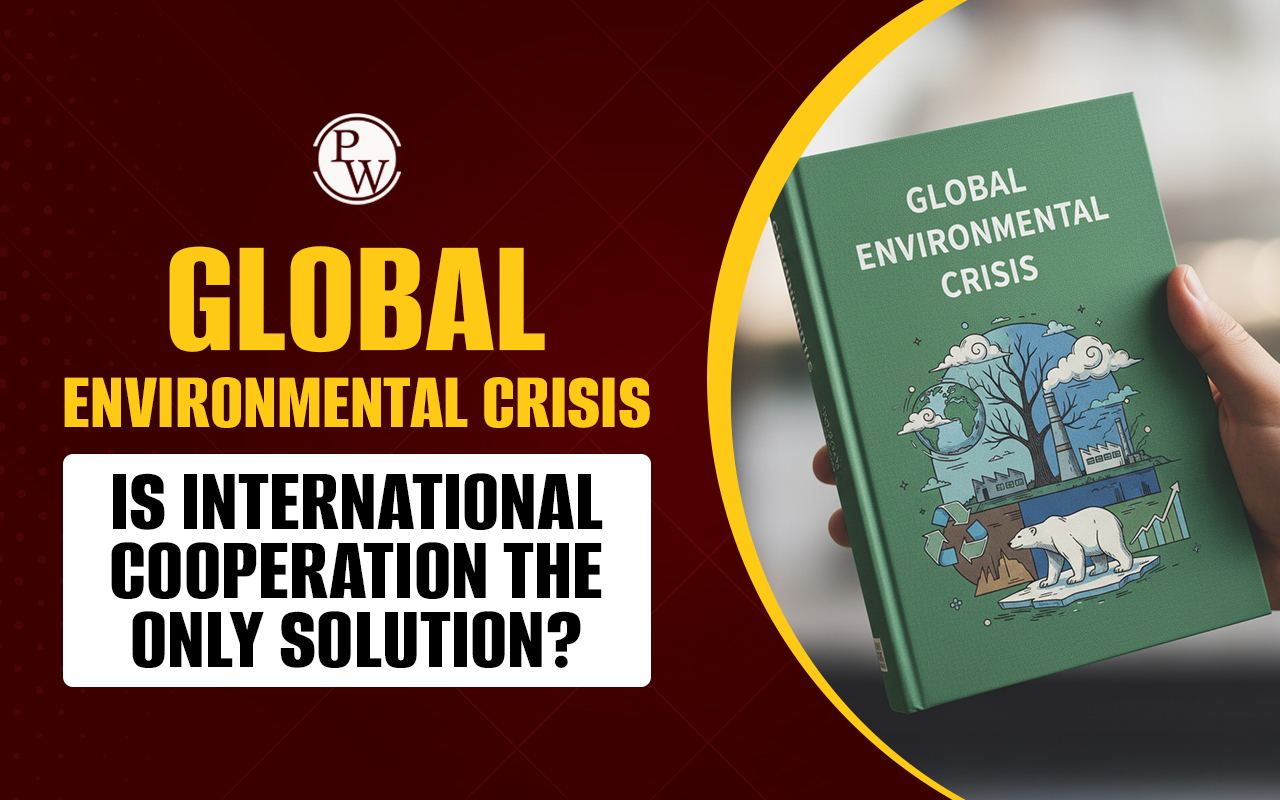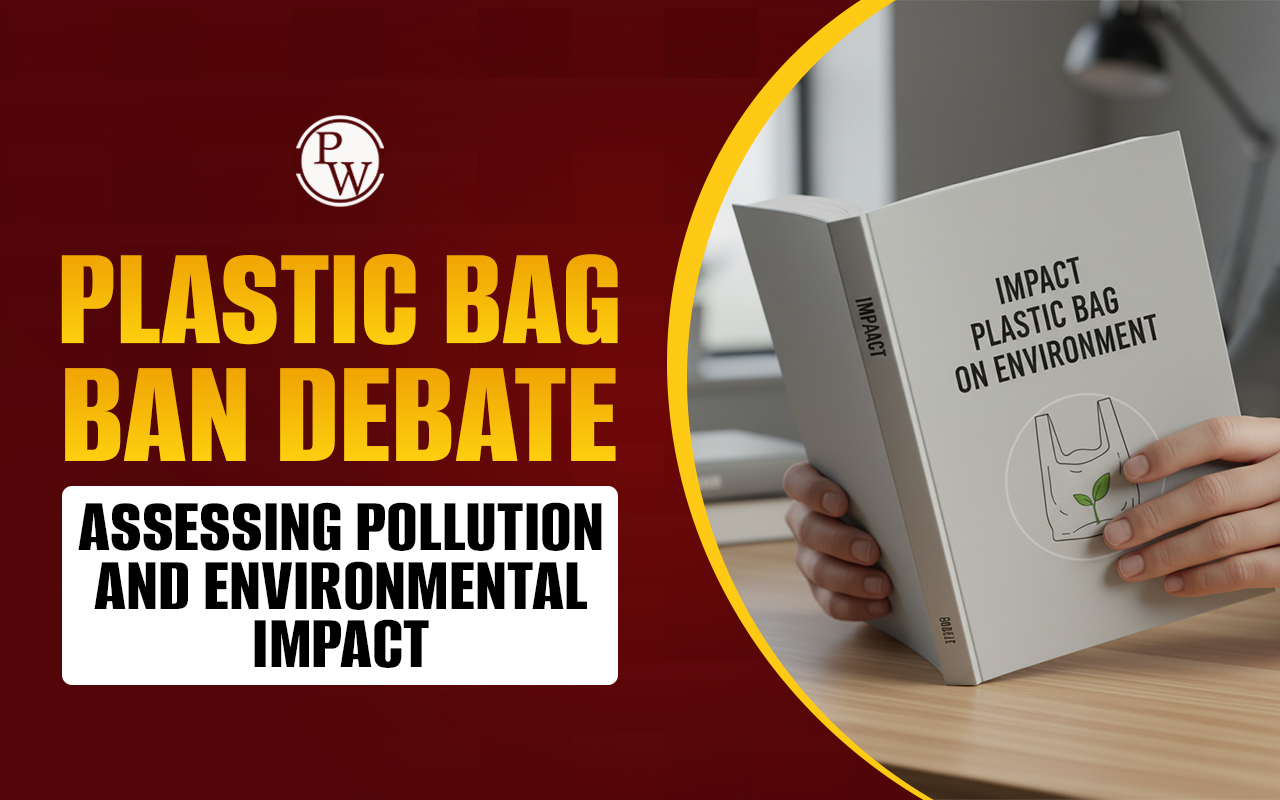
Asian Space 2 Satellite Technology Reading Answers: The IELTS reading passage on Asian Space 2 satellite aims at improving students’ English comprehension on real-world innovation. IELTS aspirants must practice with this resource to improve their reading and problem solving skills.
When attempting the IELTS reading sample papers, students must follow a strategic approach for effective time management. Ideally, students should dedicate 3-4 minutes to understanding Asian Space 2 IELTS reading explanations and 15 minutes for solving questions.
Asian Space 2 Satellite Technology Reading Answers IELTS Passage
Here is the IELTS reading passage on Asian Space 2 satellite. Students must thoroughly go through the passage and attempt the questions to improve their problem-solving skills.
Asian Space 2 Satellite Technology Passage
A Rocket technology has progressed considerably since the days of 'fire arrows' (bamboo poles filled with gunpowder) first used in China around 500 BC, and, during the Sung Dynasty, to repel Mongol invaders at the battle of Kaifeng (Kai-fung fu) in AD 1232. These ancient rockets stand in stark contrast to the present-day Chinese rocket launch vehicles, called the 'Long March', intended to place a Chinese astronaut in space by 2005 and, perhaps, to achieve a Chinese moon-landing by the end of the decade.
B In the last decade, there has been a dramatic growth in space activities in Asia both in the utilization of space-based services and the production of satellites and launchers. This rapid expansion has led many commentators and analysts to predict that Asia will become a world space power. The space-age has had dramatic effects worldwide with direct developments in space technology influencing telecommunications, meteorological forecasting, earth resource and environmental monitoring, and disaster mitigation (flood, forest fires, and oil spills). Asian nations have been particularly eager to embrace these developments.
C New and innovative uses for satellites are constantly being explored with potential revolutionary effects, such as in the field of health and telemedicine, distance education, crime prevention (piracy on the high seas), food and agricultural planning and production (rice crop monitoring). Space in Asia is very much influenced by the competitive commercial space sector, the emergence of low-cost mini-satellites, and the globalization of industrial and financial markets. It is not evident how Asian space will develop in the coming decades in the face of these trends. It is, however, important to understand and assess the factors and forces that shape Asian space activities and development in determining its possible consequences for the region.
D At present, three Asian nations, Japan, China, and India, have comprehensive end-to-end space capabilities and possess a complete space infrastructure: space technology, satellite manufacturing, rockets, and spaceports. Already self-sufficient in terms of satellite design and manufacturing, South Korea is currently attempting to join their ranks with its plans to develop a launch site and spaceport. Additionally, nations in Southeast Asia as well as those bordering the Indian subcontinent (Nepal, Pakistan, and Bangladesh), have, or are starting to develop indigenous space programmes. The Association of Southeast Asian Nations (ASEAN) has, in varying degrees, embraced space applications using foreign technology and over the past five years or so its space activities have been expanding. Southeast Asia is predicted to become the largest and fastest-growing market for commercial space products and applications, driven by telecommunications (mobile and fixed services), the Internet, and remote sensing applications. In the development of this technology, many non-technical factors, such as economics, politics, culture, and history, interact and play important roles, which in turn affect Asian technology.
E Asia and Southeast Asia, in particular, suffers from a long list of recurrent large-scale environmental problems including storms and flooding, forest fires and deforestation, and crop failures. Thus the space application that has attracted the most attention in this region is remote sensing. Remote sensing satellites equipped with instruments to take photographs of the ground at different wavelengths provide essential information for natural resource accounting, environmental management, disaster prevention and monitoring, land-use mapping, and sustainable development planning. Progress in these applications has been rapid and impressive. ASEAN members, unlike Japan, China, and India, do not have their own remote sensing satellites, however, most of its member nations have facilities to receive, process, and interpret such data from American and European satellites. In particular, Thailand, Malaysia, and Singapore have world-class remote sensing processing facilities and research programmes. ASEAN has plans to develop (and launch) its own satellites and in particular remote sensing satellites. Japan is regarded as the dominant space power in Asia and its record of successes and quality of technologies are equal to those of the West. In view of the technological challenges and high risks involved in space activities, a very long, and expensive, the learning curve has been followed to obtain those successes achieved. Japan's satellite manufacturing was based on the old and traditional defense and military procurement methodologies as practiced in the US and Europe.
F In recent years there have been fundamental changes in the way satellites are designed and built to drastically reduce costs. The emergence of 'small satellites' and their quick adoption by Asian countries as a way to develop low-cost satellite technology and rapidly establish a space capability has given these countries the possibility to shorten their learning curve by a decade or more. The global increase of technology transfer mechanisms and use of readily available commercial technology to replace costly space and military-standard components may very well result in a highly competitive Asian satellite manufacturing industry.
G The laws of physics are the same in Tokyo as in Toulouse, and the principles of electronics and mechanics know no political or cultural boundaries. However, no such immutability applies to engineer practices and management; they are very much influenced by education, culture, and history. These factors, in turn, have an effect on costs, lead times, product designs and, eventually, international sales. Many Asian nations are sending their engineers to be trained in the West. Highly experienced, they return to work in the growing Asian space industry. Will this acquisition of technical expertise, coupled perhaps with the world-renowned Japanese manufacturing and management techniques, be applied to build world-class satellites and reduce costs?
| IELTS Exam Important Links | |
|---|---|
| IELTS Reading Band Score | IELTS Listening Band Score |
| IELTS Speaking Band Score | IELTS Writing Band Score |
Asian Space 2 Satellite Technology Reading Answers Practice Questions
Presented below are various types of questions based on the Asian Space 2 satellite passage. These questions are often asked in IELTS exams. Therefore, practicing them during preparation helps students understand how to approach the IELTS reading on space innovations. Students are recommended to carefully read the questions to understand their requirements.:
Questions 1-7: Multiple Choice
Choose the correct letter, A, B, C, or D.
1. According to paragraph A, the ancient Chinese 'fire arrows' were
A) Used for space exploration
B) Made from metal poles
C) Used to defend against Mongol invaders
D) Invented in AD 1232
2. What does paragraph B suggest about Asia's future in space?
A) It will definitely become a world space power
B) Many predict it will become a world space power
C) It has already become a world space power
D) It shows no potential for space development
3. Which application has attracted the most attention in Southeast Asia?
A) Telecommunications
B) Weather forecasting
C) Remote sensing
D) Internet services
4. According to paragraph D, which country is currently attempting to develop launch capabilities?
A) Bangladesh
B) South Korea
C) Thailand
D) Malaysia
5. What has enabled Asian countries to shorten their learning curve according to paragraph F?
A) Traditional satellite manufacturing methods
B) Military-standard components
C) The emergence of small satellites
D) Expensive space technology
6. Which countries are mentioned as having world-class remote sensing processing facilities?
A) Japan, China, and India
B) Nepal, Pakistan, and Bangladesh
C) Thailand, Malaysia, and Singapore
D) All ASEAN member nations
7. According to paragraph G, what factors influence engineering practices and management?
A) Only education and culture
B) Political and cultural boundaries
C) The laws of physics
D) Education, culture, and history
Questions 8-13: True/False/Not Given
8. South Korea already has comprehensive end-to-end space capabilities.
9. ASEAN countries have their own remote sensing satellites.
10. Japan's satellite manufacturing was initially based on Western methodologies.
11. Small satellites cost more than traditional satellites.
12. Asian engineers never receive training in Western countries.
13. The laws of physics vary between different countries.
Questions 14-19: Summary Completion
Complete the summary using words from the passage:
The development of space technology in Asia has been (14) _______ in recent years. Three countries - Japan, China, and (15) _______ - currently possess complete space infrastructure. The region faces numerous (16) _______ problems, making remote sensing particularly important. The emergence of (17) _______ satellites has allowed countries to reduce costs and shorten their learning curve. Asian nations are sending their (18) _______ to be trained in Western countries, and upon return, they contribute to the growing Asian space (19) _______.
What are the IELTS Reading Answers for Asian Space Missions?
Analysing one's performance after completing the passage helps students identify their strong and weak areas. Additionally, they can understand the factors that affect their performance. These include ineffective time management and slow reading speed.
Here are the question-wsie IELTS reading answers for space technology in Asia:
Answers 1-7
1. C
Explanation: Paragraph A states that fire arrows were used to repel Mongol invaders at the battle of Kaifeng in AD 1232.
2. B
Explanation: The passage states that many commentators and analysts predict that Asia will become a world space power.
3. C
Explanation: Paragraph E presents that the space application that has attracted the most attention in this region is remote sensing.
4. B
Explanation: Paragraph D states that South Korea is currently attempting to join its ranks with its plans to develop a launch site and spaceport.
5. C
Explanation: Paragraph F mentions that the emergence of 'small satellites'... has given these countries the possibility to shorten their learning curve by a decade or more.
6. C
Explanation: Paragraph E states that Thailand, Malaysia, and Singapore all have excellent world-class remote sensing facilities and research programmes.
7. D
Explanation: Paragraph G states that engineering practices and management "are very much influenced by education, culture, and history.
Answers 8-13
8. False
Explanation: Paragraph D states South Korea is "currently attempting to join their ranks" of countries with comprehensive capabilities.
9. False
Explanation: Paragraph E mentions that ASEAN members, unlike Japan, China, and India, do not have their own remote sensing satellites.
10. True
Explanation: The IELTS passage says that Japan's satellite manufacturing was based on the traditional military procurement and defense methodologies which was practiced in the US and Europe.
11. False
Explanation: Paragraph F mentions that satellites are designed and built to drastically reduce costs, and refers to "low-cost satellite technology."
12. False
Explanation: Paragraph G states that many Asian nations are sending their engineers to be trained in the West.
13. False
Explanation: Paragraph G mentions that the laws of physics are the same in Tokyo as in Toulouse.
Answers 14-19
14. dramatic/rapid
15. India
16. environmental
17. small
18. engineers
19. Industry
How to Solve IELTS Reading Passage on Satellite Launches?
Mastering IELTS reading answers for space technology in Asia requires students to understand complex sentence structures, technical vocabulary, and identify important information quickly. Here are the recommended strategies students must follow to solve the IELTS reading passage on satellite launches:
To excel in passages like this:
-
Quickly go through the passage to understand the overall structure.
-
When reading the passage, students must focus on scientific terms and highlight them.
-
Identify facts provided in the passage.
-
Allocate 20 minutes to read the passage, solve questions, and revise answers.
-
Quickly locate specific information using the keywords presented in the questions.
-
IELTS reading tests often rephrase information from the passage to evaluate students’ understanding. Therefore, it is crucial to strengthen one’s paraphrasing ability.
Also Read:
- Should You Use All Capital Letters in the IELTS Listening and Reading Tests
- IELTS Reading Mistakes
- How to Improve IELTS Reading Score
- How to Manage Time in IELTS Reading
Guidance of PW IELTS
Physics Wallah offers multiple online IELTS courses for all students. Follow the IELTS pages to better prepare for the exam.
| What is IELTS Exam? | Documents Required for IELTS Registration |
| IELTS exam eligibility requirements | IELTS Exam Fees |
| IELTS test results | IELTS Exam Pattern |
Asian Space 2 Satellite Technology Reading Answers FAQs
How to quickly read IELTS passage on satellite launches?
How do I increase my English reading for IELTS?
Where can I get Asian Space 2 satellite technology reading answers?
How to do IELTS reading passage on satellite launches?





